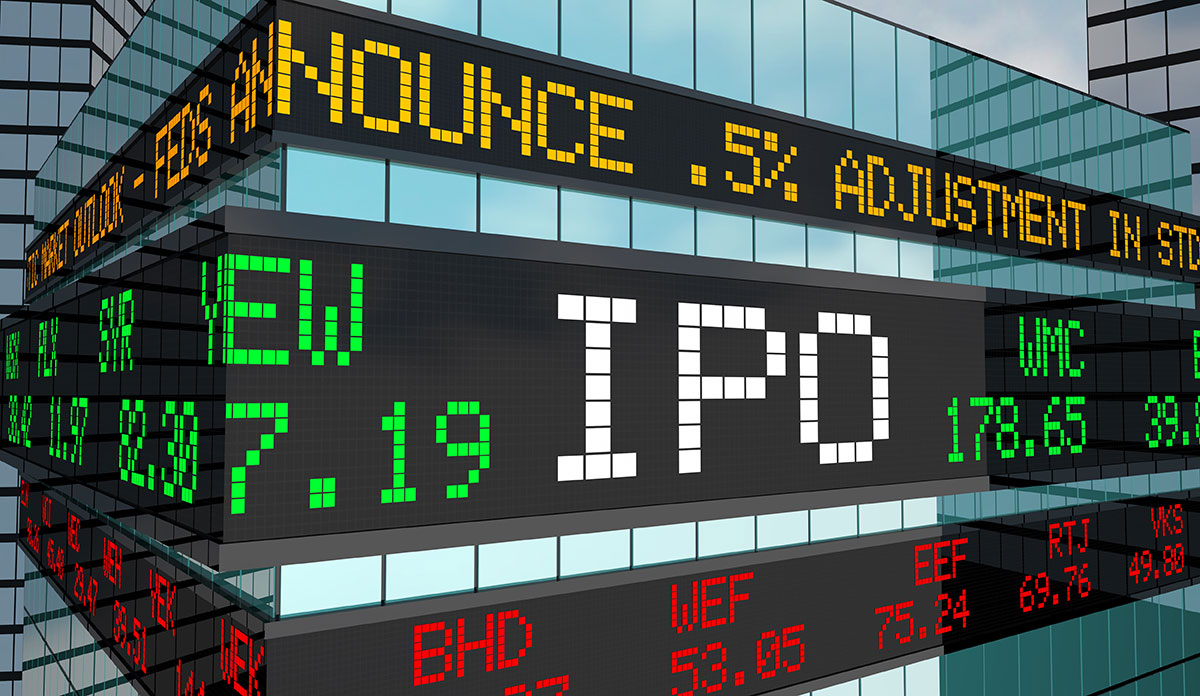Did You Know Global IPO Activity Shifts Focus?

Globally, the first three quarters of 2023 recorded 968 initial public offerings or IPOs with $101.2 billion in capital raised, a 5% decrease in IPOS and 32% decrease in capital raised. Despite this, market momentum is building, with the third quarter of 2023having witnessed a notable improvement in post-IPO share price performance compared with previous quarters.
In the past decade, IPO numbers and proceeds from emerging markets have both increased by more than 30%, primarily due to faster economic growth compared to developed countries. Until this point of 2023, emerging markets accounted for 77% of the global share by number and 75% by value. They embraced new entrants to the active IPO arena, such as Turkey and Romania, in addition to the already thriving countries like Indonesia, Malaysia and India. In developed markets, the United States saw a higher number of larger deals, while Japan and Italy contributed to the growth of smaller deals.
The technology sector continues to dominate global IPO activity in 2023. However, if excluding chip designer IPOs, the entire sector would register a decline in proceeds. There hasn’t been substantial growth in IPO debuts for artificial intelligence (AI) startups, but they are beginning to emerge in the IPO pipeline.
“Faced with tighter liquidity and a higher cost of capital, investors are turning to companies with strong fundamentals and a path to profitability. In response, IPO prospects need to demonstrate their financial health and potential for value creation,” according to George Chan, IPO leader at EY Global, in a media release.
Across major Western economies, interest rates are forecast to stay high, as central banks try to bring persistent inflation down to target levels. Consequently, the cost of capital remains elevated, which, along with tighter credit, makes financing more challenging.
Investors will continue to care more about the fundamentals such as a strong balance sheet, healthy cash flows and resilience amid weak economic conditions rather than how fast the company can grow and how high the valuation could reach.





